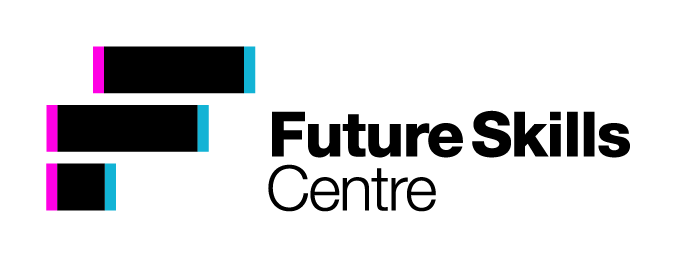
Immigration and the Success of Canada’s Post-Pandemic Economy
Series | Skills for the Post-Pandemic WorldKey Takeaways
- While Canada’s skills-based immigration policy attracts highly skilled workers, a gap persists between those skills and immigrants’ success in the labour market. The COVID-19 pandemic has amplified the problem of underemployment of immigrants, an existing issue that is already well documented.
- The pandemic has had a disproportionately adverse impact on vulnerable groups such as racialized women and youth. These challenges must be addressed to avoid a widening gap between immigrants and Canadian-born peers in the recovery, leading to further inequality.
- Entrepreneurship is an employment option that is attractive to many immigrants, but one that is often overlooked by policymakers. Supporting immigrant entrepreneurs begins with simply recognizing they exist and that they face distinct challenges and have distinct needs. This report explores how to help immigrant entrepreneurs overcome these specific challenges and how to meet their particular needs.

EXECUTIVE SUMMARY
Many highly skilled immigrants in Canada are working well below their potential. The country does a good job of attracting immigrants, but after welcoming them, many immigrants face barriers to finding job opportunities commensurate with their skills, experience and education. One sees it all the time — perhaps it’s the economist who’s driving for Uber or the nurse who’s working the checkout at Loblaws. And regardless of where they have ended up trying to make a living, the COVID-19 pandemic has worsened their lot even more.
But international credential recognition and the unequal socio-economic impacts of COVID-19 on the immigrant population are just two of the issues involved in what is a growing problem for Canada’s economy. The coronavirus forced the government to temporarily halt immigration, a major disruption for a country that usually welcomes hundreds of thousands of newcomers yearly. This will need to be remedied as a part of Canada’s post-pandemic economic rebuilding efforts. After all, Canada has a low birth rate, and more than eight million baby boomers will be exiting the country’s workforce in the coming years. Immigrants represent a critical source of population growth and remain one of the key solutions to Canada’s skilled labour shortage.
Just as the country must consider the lot of existing immigrants when rebuilding, it must also reexamine its relationship with international students — many of whom have stayed home this year — and its temporary foreign workers (TFWs), who have limited rights and poor working conditions and some of whom were involved in COVID-19 outbreaks while working here in 2020.
The policy areas this report examines include international credential recognition, skills training for immigrants – especially those who’ve suffered job loss in the pandemic – and the possibility of anti-immigrant sentiment stemming from disenfranchised Canadians who fear that newcomers may threaten their already-precarious jobs.
In studying the problems immigrants face, World Education Services discovered that those with more experience and education tended to have lower rates of employment in Canada. Those surveyed complained about a lack of professional connections as one barrier. In addition to a dearth of connections, we already know that those with “foreign-sounding names” are less likely to advance in the hiring process. Similarly, a University of Waterloo study showed that the employment rate of university-educated Canadian-born women dropped by five percent between May 2019 and May 2020, but that of immigrant women dropped by 13 percent. One has to wonder if the latter were employed in sectors, such as hospitality, that were disproportionately affected by the pandemic.
Some things government should consider as they plan how to rebuild:
- Investing in childcare, career assistance, training, reskilling and mental-health services for immigrant women;
- Implementing a possible permanent resident stream for the lower-income end of the economy, which now relies on temporary workers;
- Reviewing the complicated process of verifying credentials and licensing, for all sectors and particularly the healthcare sector, which is experiencing labour shortages;
- Determining ways to quickly identify pandemic-displaced workers and helping them find new roles;
- Finding innovative approaches to overcoming language barriers, such as blending language training and workintegrated learning;
- Adopting employer-centric approaches to bridge the gap between attracting immigrants and ensuring they find a skill-matched role in Canada;
- Better recognizing entrepreneurship as a viable route to integration for immigrants and better responding to the unique challenges and needs that those who choose this path face; and,
- Engaging all levels of government, business, postsecondary institutions, employers, regulators and civil society to chart an inclusive pathway forward.
Calls to action include:
- Developing a national strategy to enhance immigrant labour-market inclusion;
- Establishing policies and programs to mitigate negative impacts of the pandemic on immigrant and migrant groups; and
- Developing innovative tools for an immigrant-inclusive post-pandemic economic rebuild for Canada.
Thank you to our partners

Skills for the Post-Pandemic World series is funded by the Government of Canada’s Future Skills Program
With support from











